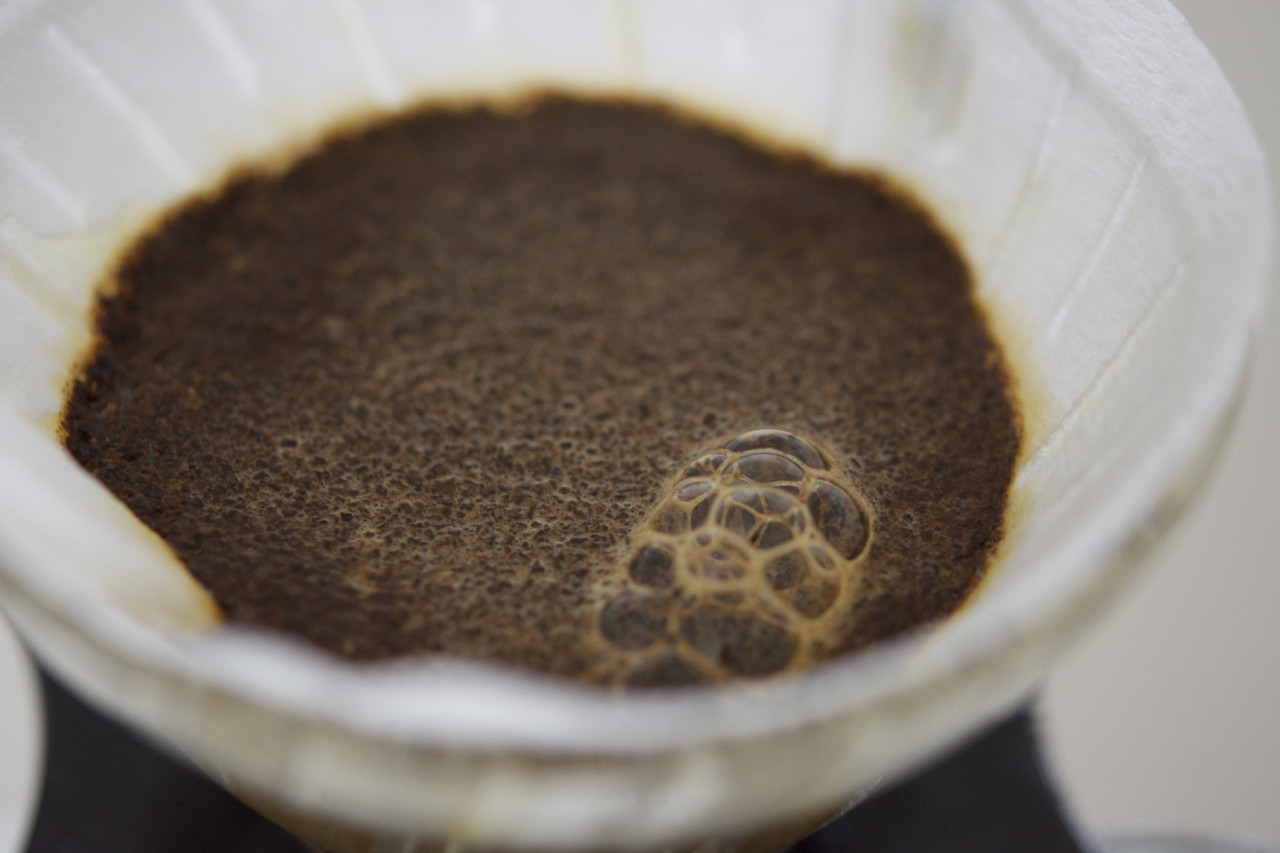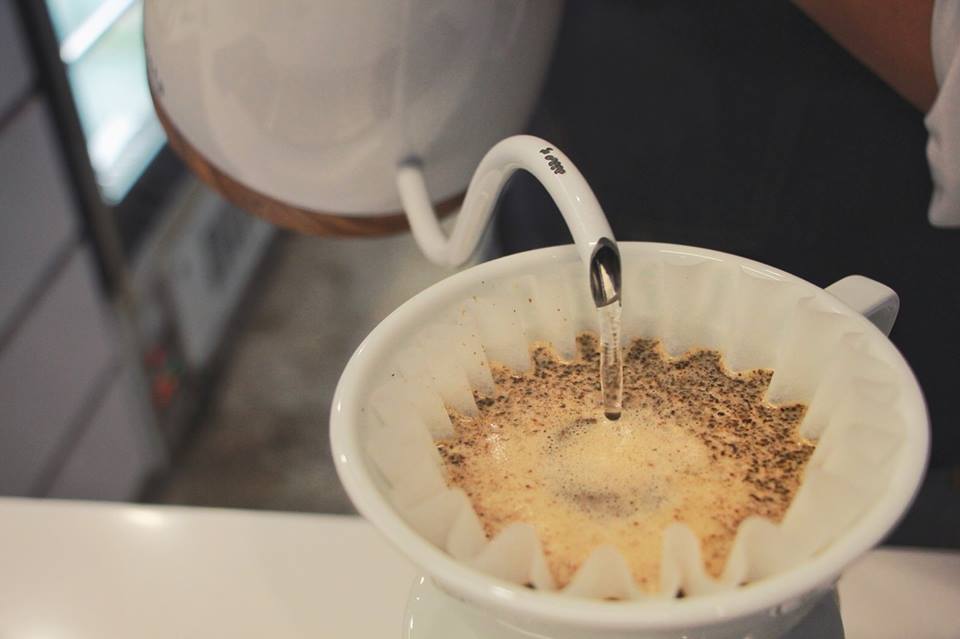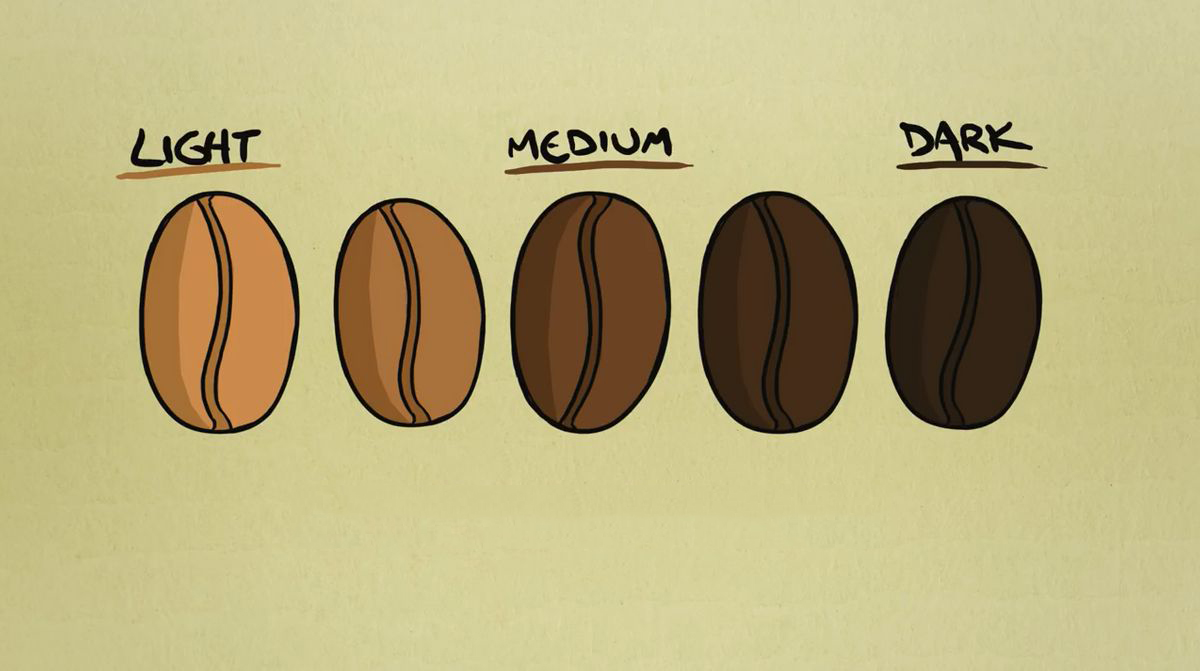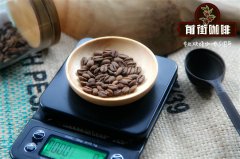[hand brewing skills] the key factors affecting coffee brewing: how should steaming be stuffy?
Professional coffee knowledge exchange more coffee bean information please follow the coffee workshop (Wechat official account cafe_style)
"stuffy steaming" is a process in which coffee powder releases carbon dioxide quickly after contact with water, known as bloom in English, and "flowering" agrees that it only happens when brewing fresh coffee.
It is also a great pleasure to watch the expansion of coffee powder by hand. The length of steaming time depends on the roasting degree of the coffee, and it also affects the coffee brewed out, making the flavor more divided.

Exhaust gas
Coffee beans continue to emit carbon dioxide after roasting, a process called "exhaust". Most of the carbon dioxide will be released quickly after baking, especially within four hours after baking, and the remaining gas will be released continuously over the next few weeks, during which time the amount of gas released will gradually decrease.
When the coffee beans are ground into powder, it will accelerate carbon dioxide emissions, because the surface area of the coffee powder is greatly increased, which in turn affects the release of gas. Many stores' coffee will be discarded if it is not used ten minutes after grinding. )
Stuffy steam
In the first stage of making coffee, you only need to inject a little hot water first. when the hot water comes into contact with the coffee powder, it will accelerate the carbon dioxide emission of the coffee powder, and you can clearly see that the surface of the coffee powder is bubbling, but once again, the degree of expansion does not represent the freshness of the coffee.
Deep-roasted coffee has a loose structure and low density, so it is easier to absorb water and release more gas when it comes into contact with water, thus allowing a greater degree of expansion.
Shallow coffee has a dense structure and high density, so it is less likely to absorb water and release less gas when it comes into contact with water, so it is less likely to expand.
This program is called "Bloom". Don't be easily fooled by commercial posters that inflate a full filter cup and look like a real "hamburger". The degree of expansion of the "steaming" process is related to the freshness, grindness, baking degree and water temperature of coffee powder.

Expansion
The time of steaming is usually 20-30 seconds, and the specific time of steaming can be made by observing the exhaust condition of the powder layer, based on the state that most of the gas can be discharged, but not so that the powder layer collapses, that is, when the coffee powder expands to the highest level and the surface has lost its moisture luster. If you have an electronic scale, you can inject hot water with twice the amount of powder (the water absorption of coffee powder is about 1.5 to 2 times). Of course, only a small amount of water can be used to soak the coffee powder slightly.
Steaming can have two positive effects on coffee flavor:
First of all, carbon dioxide itself will taste sour when dissolved in water, and it may be interspersed with other odors of baking (such as smoking when it is too fresh). If the carbon dioxide of the coffee is not discharged during steaming, it will give the coffee a bad sour taste.
Second, carbon dioxide prevents water from coming into contact with coffee powder particles. The cellular structure of roasted coffee beans is full of holes like a beehive, which store coffee aroma substances and carbon dioxide emissions, waiting to be extracted. When the ground coffee powder comes into contact with hot water, the carbon dioxide in the hole will be discharged quickly, and we can observe that a lot of foam will be produced during water injection, that is, the combination of carbon dioxide and coffee powder. As the gas runs out, these foams block the holes in the coffee powder, preventing the flow of water from continuing to flow deeper into the coffee powder particles, which actually hinders subsequent extraction. Only when carbon dioxide is discharged can the aromatic substances and oils in coffee be completely dissolved.

In a word, as long as there is gas in the coffee powder, it will interfere with the water extraction of the substances in the coffee powder, reducing the extraction efficiency (that is, the extraction rate) on the one hand, and making the extracted coffee have an irritating sour taste on the other.
The next time you make coffee by hand, remember to steam first so that the coffee powder can breathe in order to grasp the charming flavor of the coffee and avoid the negative flavor and sour taste caused by carbon dioxide.
END
Important Notice :
前街咖啡 FrontStreet Coffee has moved to new addredd:
FrontStreet Coffee Address: 315,Donghua East Road,GuangZhou
Tel:020 38364473
- Prev

What are the characteristics of deep-roasted coffee beans? Who says deep-roasted coffee doesn't have a good flavor?
Professional coffee knowledge exchange more coffee bean information please follow the coffee workshop (Wechat official account cafe_style) I do not know when, boutique coffee began to be popular in China, pay attention to the original and meticulous coffee flavor performance, so as if overnight, everyone began to pursue shallow roasting, with hand-made, siphon, love pressure and other black coffee extraction methods
- Next

Pink Bourbon Bobo Ya Flavor Features Pink Bourbon Variety Introduction Pink Bourbon Growing Area Features
Professional coffee knowledge exchange More coffee bean information Please pay attention to coffee workshop (Weixin Official Accounts cafe_style)
Related
- Beginners will see the "Coffee pull flower" guide!
- What is the difference between ice blog purified milk and ordinary milk coffee?
- Why is the Philippines the largest producer of crops in Liberia?
- For coffee extraction, should the fine powder be retained?
- How does extracted espresso fill pressed powder? How much strength does it take to press the powder?
- How to make jasmine cold extract coffee? Is the jasmine + latte good?
- Will this little toy really make the coffee taste better? How does Lily Drip affect coffee extraction?
- Will the action of slapping the filter cup also affect coffee extraction?
- What's the difference between powder-to-water ratio and powder-to-liquid ratio?
- What is the Ethiopian local species? What does it have to do with Heirloom native species?

